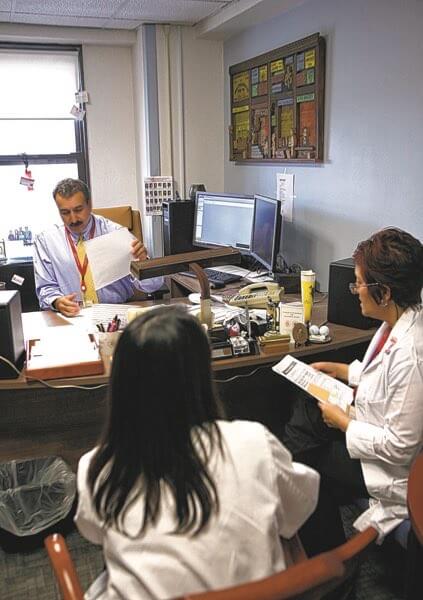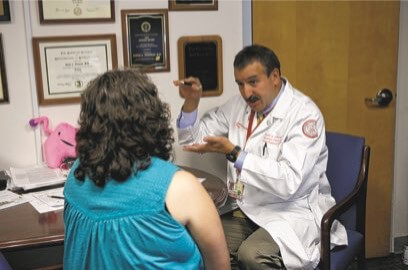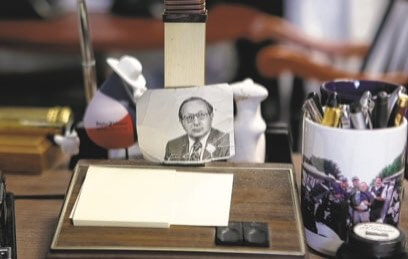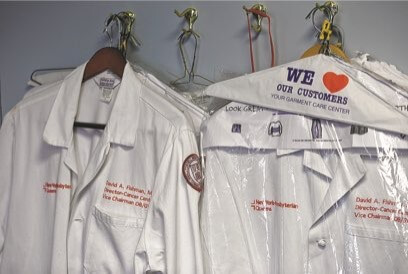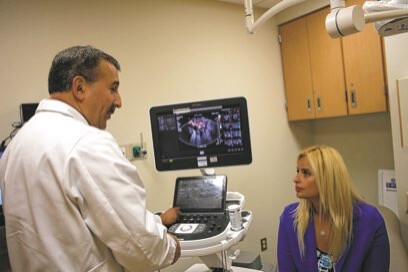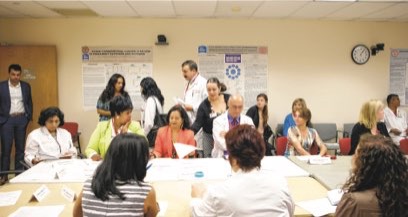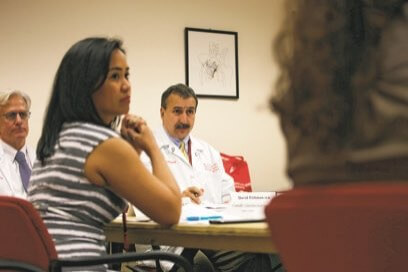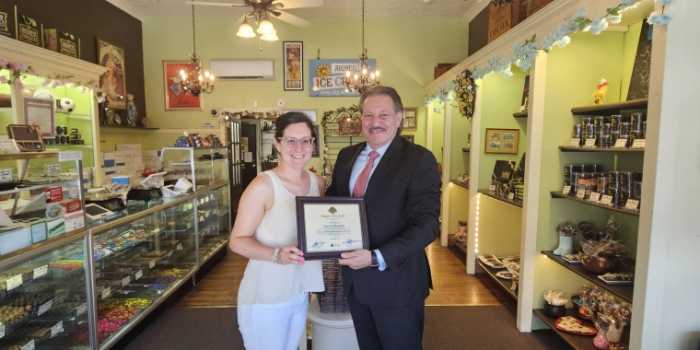By Michael Shain
Dr. David Fishman, a cancer researcher who came from Manhattan a year ago to start a new cancer center at New York-Presbyterian in Flushing, keeps a worn picture of his father propped up against the lamp on his desk.
Fishman, 54, is a gynecologic oncologist, a renowned researcher in the field of women’s health. But it was his father, a chemical engineer who died 20 years ago of melanoma, who got him into the cancer business, he says.
“I started out to be a pediatric cardiologist,” he says. “But I gave it up. Kids—it was too emotionally distressing. I never regretted getting into this.”
Using a combination of genetic screening, ultrasound and even some alternative medicine—this is Flushing, after all—the center is, as cancer centers go, a boutique operation.
In its first year, the staff saw about 1,800 patients, Fishman says. Hospitals such as Memorial Sloan-Kettering in Manhattan or Dana-Farber Cancer Institute in Boston may see 30,000 or more.
A day following Fishman—born in Forest Hills, married to an OB-GYN doctor and the father of four sons—around the hospital is a bit like entering a medical maze. Doctors, it turns out, spend as a lot of time in meetings with each other between their appointments with patients. And it’s a forced march up and down stairs, pushing around corners to make it to the next stop on the schedule.
Now New York-Presbyterian/Queens, at 56-45 Main St., is in the midst of a large-scale campaign to get the word out that people in Queens do not have to go into Manhattan any more for cancer treatment. Fishman is the public face of the campaign, appearing in ads in local papers around the borough and hitting the conference circuit.
He has one not-so-secret method for finding the time.
“I sleep only about four hours a night,” Fishman says.

